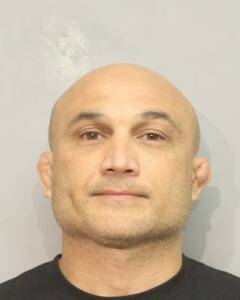HONOLULU — Gov. David Ige plans to spend an extra $12 million this year to make a dent in the state’s homelessness crisis, outlining a three-pronged approach that includes expanding services, conducting sweeps of encampments and developing more affordable housing.
“We see homelessness every day around our community,” Ige said in a news conference Thursday, adding that his plan will provide expanded services statewide. “There is no quick fix to homelessness. There is no shortcut.”
Hawaii has the highest rate homelessness per capita in the nation. The extra $12 million was approved by the state Legislature in May. The cash, along with the $15 million the state already spends annually on homelessness, is believed to be the largest amount the state has ever spent to solve the problem.
Ige wants to add 10,000 additional housing units in the state over the next four years, and his staff has been reaching out to landlords, encouraging them to be open to be open to homeless tenants.
“You can’t end homelessness without providing people homes,” said Scott Morishige, Ige’s homelessness coordinator.
The state will spend $9.4 million to bolster services like short-term financial help and outreach to unsheltered homeless people. It also will expand its Housing First program — which places chronically homeless individuals in homes without requiring sobriety or mental health treatment — to neighbor islands.
The state plan is based on a model Hawaii officials call “Ohana Nui,” a multi-generational approach where state programs invest early in children and families to improve health, education, safety, housing and employment opportunities.
“It’s no longer about just children or adults. … It’s about moving children and people out of toxic stress environments,” said Rachael Wong, director of the state Department of Human Services.
Morishige also plans to spend $675,000 on a data system to manage and monitor homeless outreach efforts.
Another portion of the money — nearly $2 million — will go to sweeping homeless encampments that officials deem unsafe.
A year ago, 300 people in Honolulu were living in one of the nation’s largest homeless encampments. State and local officials and outreach workers helped more than 280 move into housing, Morishige said. But there are still thousands of homeless people throughout the islands.






